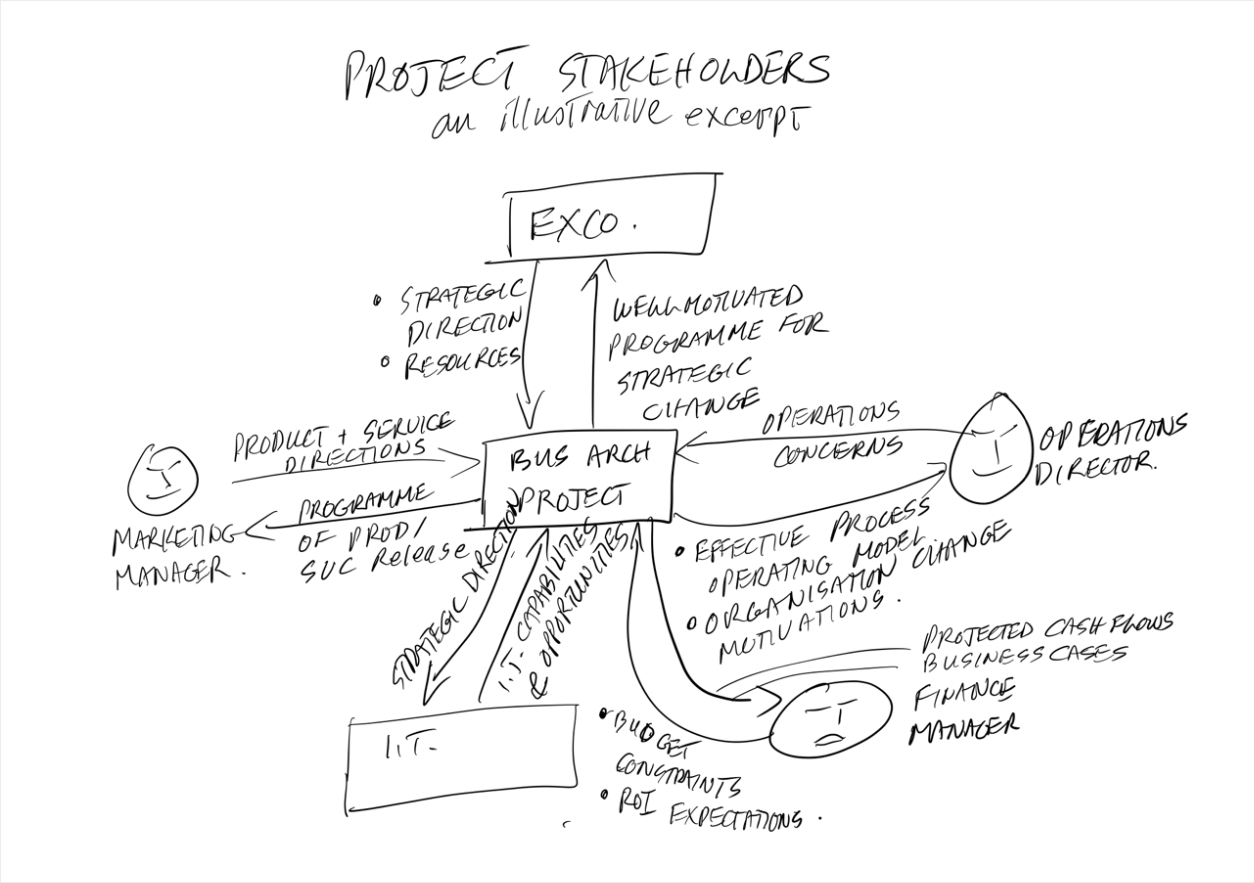So how do we find great product and service ideas? By thinking in the box, at the boundaries, out of the box and beyond!
Explore the idea of the “adjacent possible”, looking for opportunities enabled by emerging technologies, services, social and other changes, that are now just possible and satisfy an existing need in a new way. Examples were the miniaturisation of disk drives facilitating the idea of mobile digital music players and of pervasive internet and mobile technology facilitating music streaming. Also Software as a Service (SaaS) offerings exploiting the availability of networks, cloud platforms and subscription models. Machine Learning is opening up opportunities in medical analysis. Speech assistants are enabling new kinds of interfaces to electronic products.
Seek “blue ocean” opportunities. Instead of competing fiercely in saturated, highly competitive spaces (the “red ocean”), we look for opportunities which satisfy a need in a new and novel way, where there is currently no or very little competition. An example would be early products delivering voice telephony over digital channels (voice over IP or VOIP). Tesla has famously exploited this kind of approach in bringing fully electric cars to consumers.
Exploit digital. Make products “softer”, replacing expensive hardware with software or data: replacing atoms with bits. Make copies electronically rather than through manufacturing. Hold inventory as patterns of bits which can be duplicated and distributed with almost zero cost. Automate processes, so they can scale without extra staff or effort.
Consider the portfolio view of products and services and where they are in their lifecycle and adoption. Ensure balance across the stages.
Try to launch and get feedback as quickly as possible. Build prototypes and get rapid feedback. Explore Design Thinking to really understand the customer requirements. Build a Minimum Viable Product (MVP) and get customer feedback. Pivot where necessary.
Look for platform plays or intermediary roles. Own the customer and transaction and make a margin, without needing to own the assets or physically deliver the service. Most of the exponential businesses that have exploded in the last decade exploited these ideas. Consider Facebook which facilitates messaging, but produces no content; Youtube which is a major entertainment provider, but owns and creates no content. Amazon is a platform and an aggregator, selling millions of products from thousands of suppliers.
Consider innovative business models that satisfy the same need in a different and better way. A customer may really want personal mobility, not necessarily a car, or ambient music delivered on demand, rather than a sound system. Here it is often useful to “abstract up” asking the questions: What does this achieve for the customer? Why does the customer buy this product/service?
#Strategy #Product #EnterpriseArchitecture #BusinessArchitecture #Innovation














